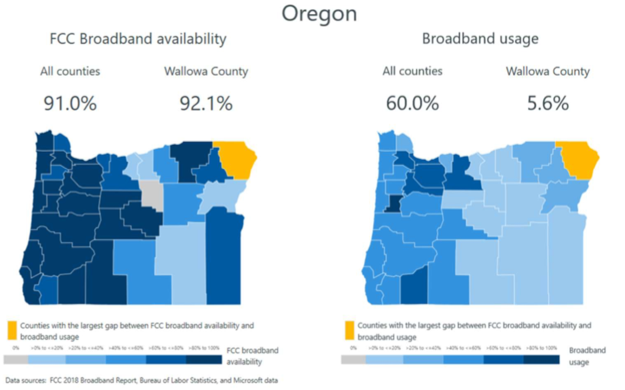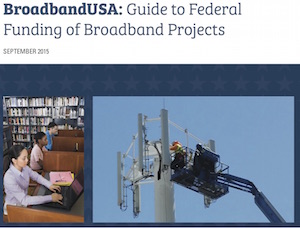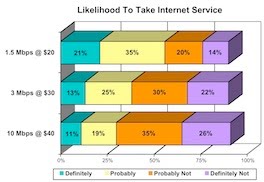FCC proposes new map-based collection method for broadband availability reports
The ever increasing volume of complaints about the accuracy of broadband availability data published by the Federal Communications Commission is producing results. In August, the FCC will vote on a proposal to require Internet service providers to submit electronic map data that shows where they offer service, at what speeds it’s offered and which technology it uses.
The current data sets are based on census block reports, with a census block reckoned as served at a given speed level if one home or business within it can get that level.… More




![Judgefloro [CC0] Spam](https://www.tellusventure.com/images/2019/spam.jpg)
![Laurel Fan [CC BY-SA 2.0 (https://creativecommons.org/licenses/by-sa/2.0)], via Wikimedia Commons Mormon tabernacle choir](https://www.tellusventure.com/images/2019/mormon_tabernacle_choir.jpg)
![By MarkScottAustinTX (Rachel's Birthday Swim Party) [CC BY-SA 2.0 (https://creativecommons.org/licenses/by-sa/2.0)], via Wikimedia Commons](https://www.tellusventure.com/images/2018/7/beer_pong.jpg)

